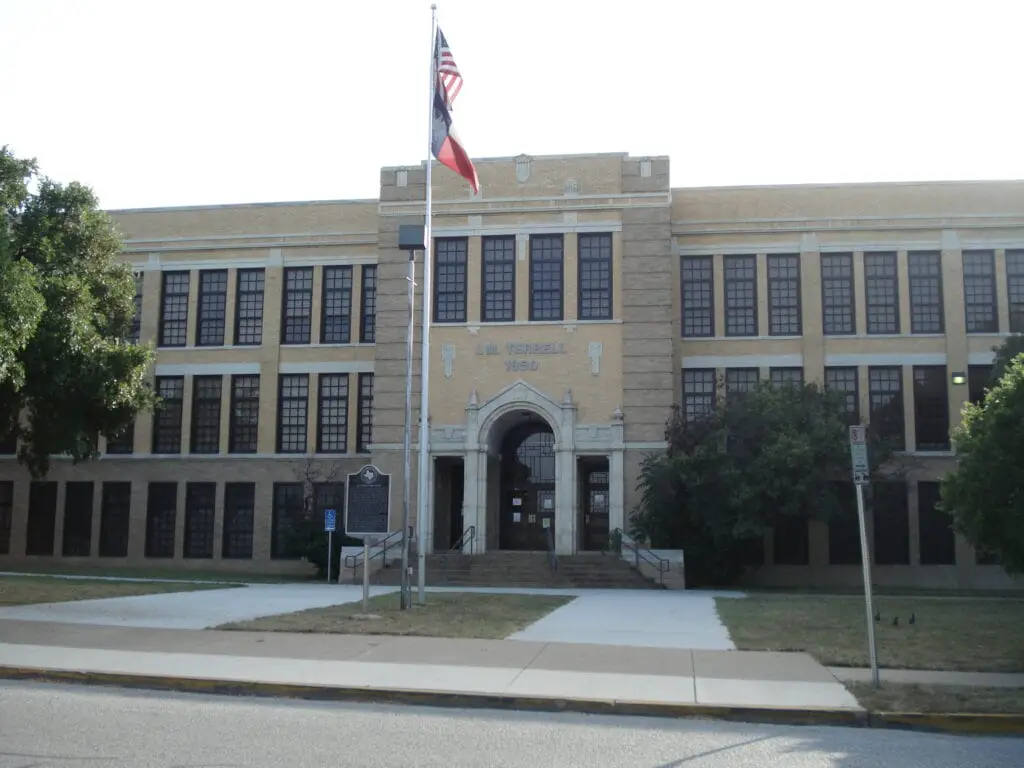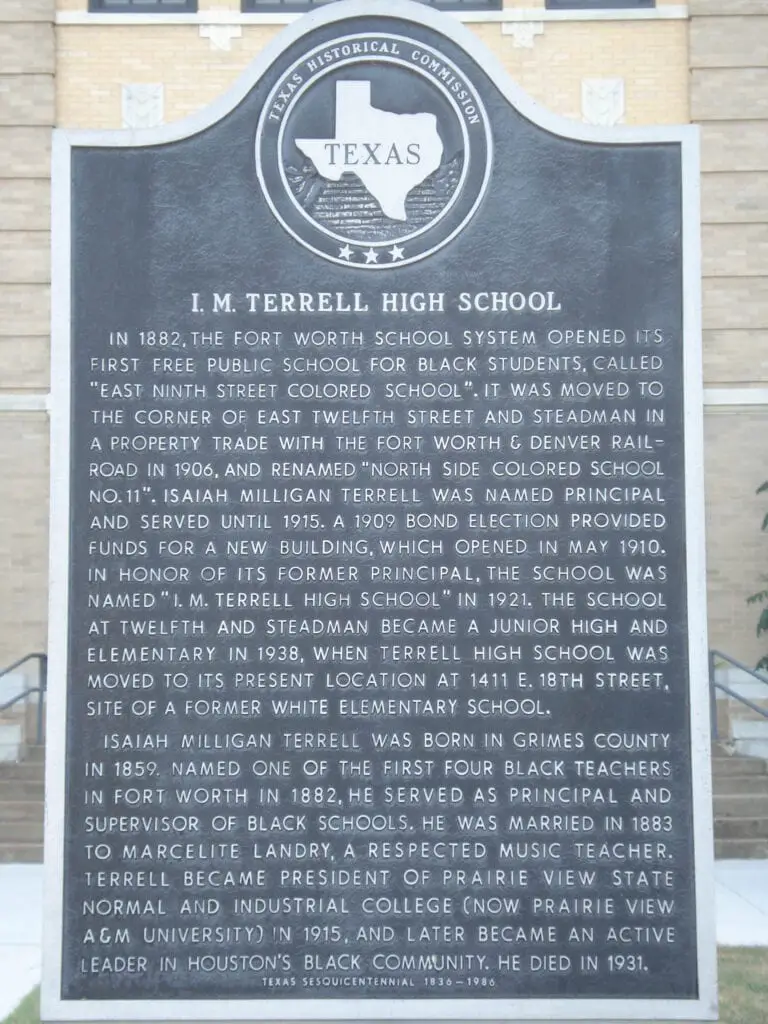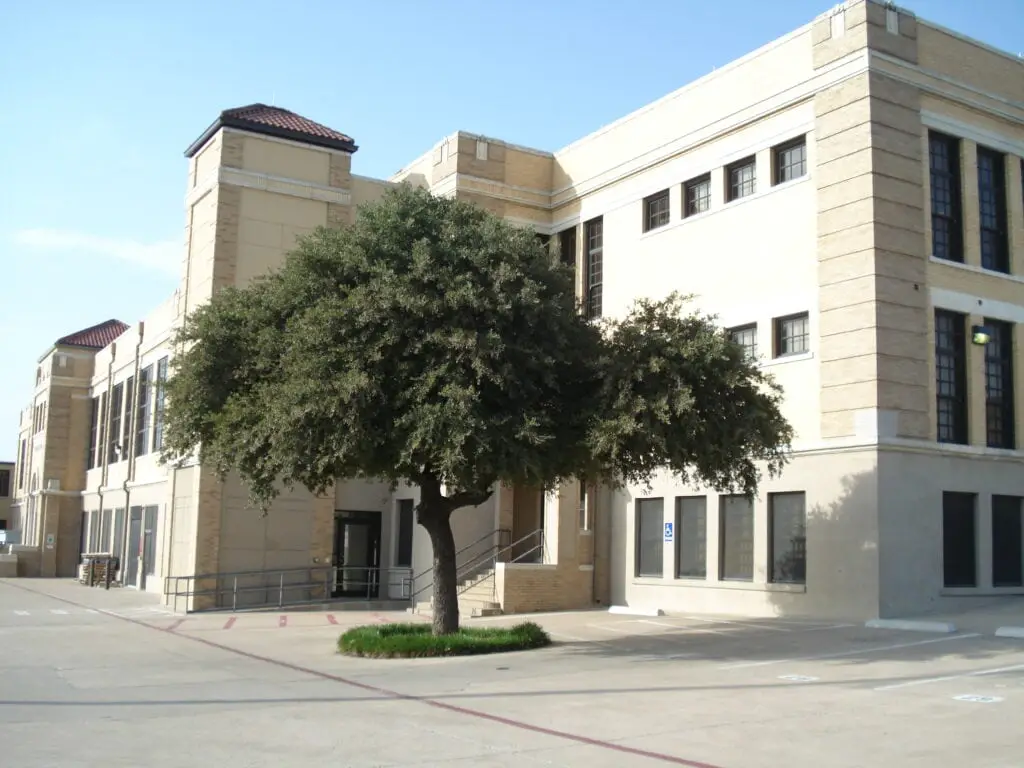The Humble Beginnings
I.M. Terrell High School, named after Isaiah Milligan Terrell, is deeply rooted in the history of Fort Worth, Texas. This secondary school, which started as the city’s first black school in 1882, has a rich history dating back to the era of formal racial segregation in the United States.
Isaiah Milligan Terrell, who became the head of the then East Ninth Street Colored School, was a pioneering figure in the education of African Americans in Fort Worth.
The journey of the school was not without hardships. In its early years, the school lacked some basic amenities such as a gymnasium, cafeteria, and library due to the lack of funding. A limited number of classrooms constrained the building, and nearby white schools previously utilized the textbooks used.
But the determination of the teachers, students, and the community kept the spirit of education alive. Lillian B. Jones Horace, a teacher, and librarian, started the school’s first library, encouraging parents and students to donate books, thus giving the school a much-needed academic lifeline.
The Era of Change
The school underwent several changes over the years. In 1906, the school relocated to the intersection of East Twelfth and Steadman Streets, taking on the new name of North Side Colored School No. 11.
In 1910, a new school building was opened under Terrell’s leadership. In 1921, to honor the past principal, the school changed its name and became known as I.M. Terrell High School.
As of 1938, the school found a new home in a previously white-only elementary school at 1411 East Eighteenth Street in the Baptist Hill district. This structure was enlarged during a Works Progress Administration project while the school’s original location transitioned into an elementary and junior high school.

The Symbol of Progress
By 1940, I.M. Terrell High School had become a significant educational institution for African American students. The school was chosen as an experimental site in the Secondary School Study by the Association of Colleges and Secondary Schools for Negroes.
This study aimed to include African American teachers in the development of progressive education, and I.M. Terrell High School was at the forefront of this movement.
The school had grown significantly by this time, with 26 faculty members serving 900 students in grades 9 through 11. It had become a beacon of hope for African American students, drawing pupils from Fort Worth and Benbrook, Arlington, Weatherford, Burleson, Bedford, and Roanoke, where African American children could not attend school.

A Musical Legacy
A vibrant music program under the leadership of G.A. Baxter marked the mid-twentieth century at I.M. Terrell. Various accounts describe Baxter as a man who encouraged his students to push the boundaries of sound.
During this era, the school became the launching pad for many students who would gain prominence in the jazz, rhythm, and blues music scene. Free jazz pioneers such as Charles Moffett, Ornette Coleman, Prince Lasha, John Carter, King Curtis, and Dewey Redman were among them.
Other notable graduates included Ronald Shannon Jackson, Julius Hemphill, Billy Tom Robinson, Thomas Reese, Cornell Dupree, and Ray Sharpe. Their music and influence resonated beyond the school, making I.M. Terrell an essential cradle of jazz, rhythm, and blues during the mid-twentieth century.

The End and a New Beginning
The I.M. Terrell High School closed its doors in 1973 during the racial integration of Fort Worth’s schools. But the legacy of the institution remained. In 1998, the building reopened as the I.M. Terrell Elementary School. The area around the school was renamed I.M. Terrell Circle South in 2004, cementing its place in the city’s history.
In the end, in 2018, the primary elementary school transformed into the I.M. Terrell Academy for STEM and VPA following a substantial $41 million renovation and construction project.
The school’s transformation into a modern educational institution for Science, Technology, Engineering, Arts, and Mathematics (STEAM) education ensured that the legacy of I.M. Terrell High School would continue to impact future generations.
The journey of the I.M. Terrell High School, from its modest beginnings to its current state, is a testament to the resilience of the African American community in Fort Worth, Texas. It is a story of determination, progress, and the power of education to transform lives and communities.
